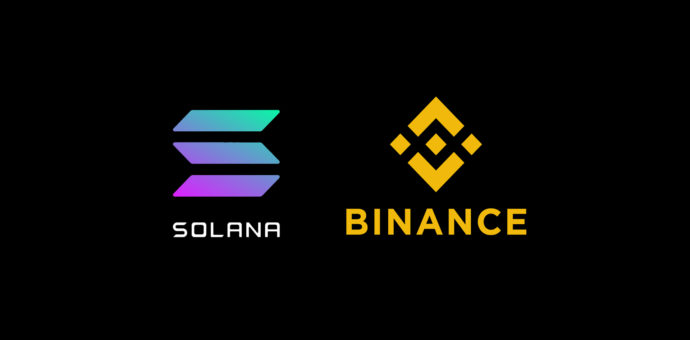Although Ethereum (ETH) is due for an upgrade, the increased volume of transactions on the network has caused some problems, such as slowness and rising transaction costs. As a result, some blockchains, such as Solana and Binance Smart Chain, which use smart contracts, have drawn the attention of new projects. Both are growing along with the big push of decentralized finance (DeFi).
In Solana’s case, proof-of-history (PoH) and proof-of-stake (PoS) consensus mechanisms increase scalability; moreover, one of its main promises is that users will not be surprised by rising fees and taxes. On the other hand, Binance Smart Chain has the advantage of Binance Chain’s fast operations, with a complete environment for developing high-performance decentralized apps.
New platforms solve problems that Ethereum has not solved
Ethereum remains the most popular blockchain for third-party projects. However, according to expert Kain Warwick, founder of derivatives liquidity protocol Synthetix, the Solana and Binance Smart Chain platforms are growing because they solve problems that ETH cannot.
According to him, Ethereum’s pace of growth has allowed other networks to excel. “While the ETH community is debating improvements, other projects are working and gaining ground to outperform it”, Warwick said, according to Cryptofacil.
Why does Solana compete with Ethereum?
In addition to the ability to process 50 thousand transactions per second, in 2020, Solana launched Wormhole, a feature that integrates with the Ethereum network. Thus, users can move tokenized assets between existing projects, platforms, and communities according to the company.
Solana is also raising an estimated amount of between US$ 300 million and US$ 450 million, according to a note from Decrypt, intending to become a specific environment for decentralized operations.
Another highlight is that Solana’s native token (SOL) has significantly valued in 2021, rising from around US$ 2 in early January to over US$ 55 (as of May 17). At this article’s writing, the currency was being traded at just over US$ 42.
What is Binance Smart Chain’s proposal?
Binance Chain, from the BNB currency, is optimized for ultra-fast trading operations, although it lacks programming flexibility. Therefore, a new blockchain was created to develop high-performance decentralized applications – the Binance Smart Chain (BSC).
BSC is based on smart contracts, which allow for scalability gains by operating in an integrated manner with the Binance Chain. Furthermore, because it is compatible with Ethereum, it simplifies the migration of applications between the two networks. In addition, users can transfer assets between them.
It uses the so-called Proof of Staked Authority (or PoSA), allowing participants to stake BNB to become validators. Thus, when they propose a valid block, they receive the transaction fees included in that block. The interblock interval in BSC is three seconds, compared to 13 seconds on the Ethereum blockchain.







